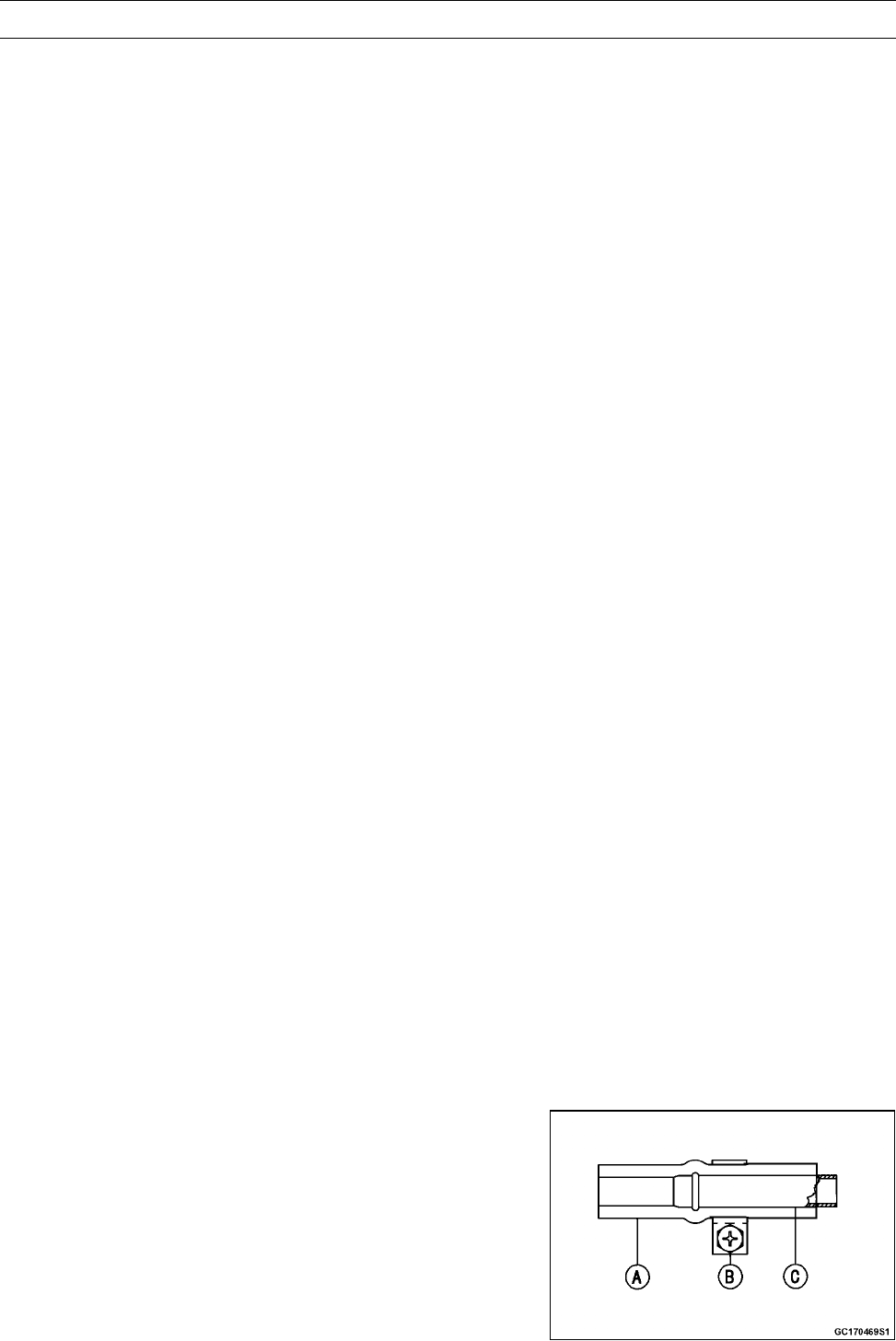
FUEL SYSTEM (DFI) 3-19
DFI Servicing Precautions
There are a number of important precautions that should
be followed servicing the DFI system.
○
This DFI system is designed to be used with a 12 V sealed
battery as its power source. Do not use any other battery
except for a 12 V sealed battery as a power source.
○
Do not reverse the battery cable connections. This will
damage the ECU.
○
To prevent damage to the DFI parts, do not disconnect the
battery cables or any other electrical connections when
the ignition switch is on, or while the engine is running.
○
Take care not to short the leads that are directly con-
nected to the battery positive (+) terminal to the engine
ground.
○
When charging, remove the battery from the vehicle. This
is to prevent ECU damage by excessive voltage.
○
Whenever the DFI electrical connections are to be discon-
nected, first turn off the ignition switch. Conversely, make
sure that all the DFI electrical connections are firmly re-
connected before starting the engine.
○
Do not turn the ignition switch ON while any of the DFI
electrical connectors are disconnected. The ECU memo-
rizes s ervice codes.
○
If a transceiver is installed on the vehicle, make sure that
the operation of the DFI system is not influenced by elec-
tric wave radiated from the antenna. Check operation of
the system with the engine at idle. Locate the antenna as
far as possible away from the ECU.
○
When any fuel hose is disconnected, do not turn on the
ignition switch. Otherwise, the fuel pump will operate and
fuel will spout from the fuel hose.
○
Do not operate the fuel pump if the pump is completely
dry. This is to prevent pump seizure.
○
Before removing the fuel system parts, blow the outer sur-
faces of these parts clean with compressed air.
○
When any fuel hose is disconnected, fuel may spout out
by residual pressure in the fuel line. Cover the hose joint
with a piece of clean cloth to prevent fuel spillage.
○
When installing the fuel hoses, avoid sharp bending, kink-
ing, flattening or twisting, and route the fuel hoses with a
minimum of bending so that the fuel flow will not be ob-
structed.
○
Route the hoses according to Cable, Wire, and Hose
Routing section in the Appendix chapter.
○
Install the hose clamps in the position shown, and se-
curely tighten the clamp bolts. Check the fuel system for
leaks after hose installation.
Fuel Hose [A]
Clamp [B]
Fuel Pipe [C]


















